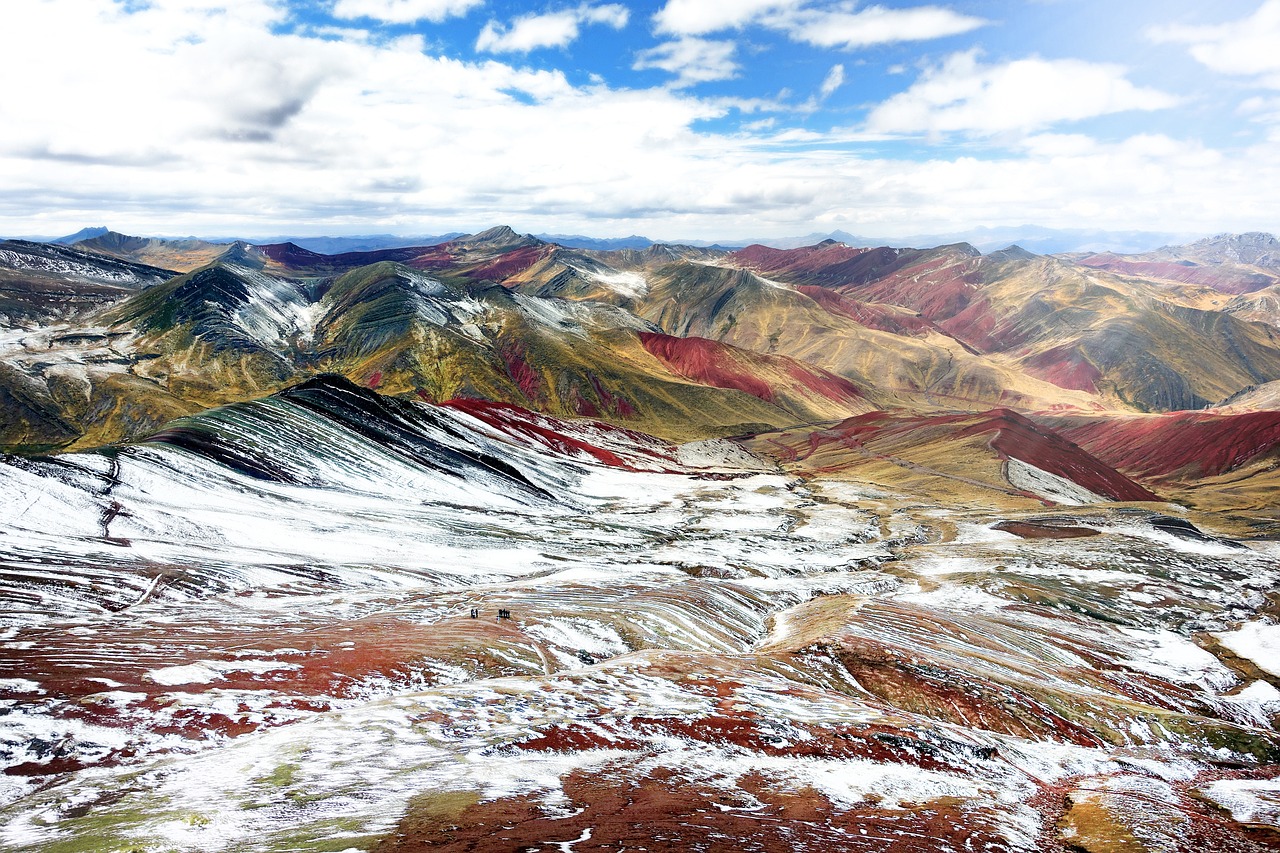Understanding the Rich Biodiversity of Peru’s Peatlands
Peru’s peatlands are vital ecosystems that support a plethora of plant and animal species, making them crucial for biodiversity conservation. These areas, characterized by waterlogged soils high in organic matter, host a unique range of flora and fauna adapted to the specific conditions found in peatlands.
The Importance of Peatlands for Biodiversity Conservation
Peatlands in Peru play a significant role in maintaining biodiversity by providing habitats for a diverse array of species. These ecosystems support numerous plant species, including orchids, mosses, and carnivorous plants, as well as animals such as the endangered giant otter, jaguar, and numerous bird species.
Preserving and Protecting Peru’s Peatlands
Preserving the rich biodiversity of Peru’s peatlands is essential for maintaining ecological balance and ensuring the survival of unique flora and fauna. Conservation efforts must focus on preventing deforestation, illegal mining, and other activities that pose a threat to these delicate ecosystems.
The Future of Peru’s Peatlands and Biodiversity
Looking ahead, it is critical to prioritize the protection and sustainable management of Peru’s peatlands to safeguard the rich biodiversity they harbor. By raising awareness, implementing conservation measures, and involving local communities in preservation initiatives, we can ensure that these vital ecosystems continue to thrive for future generations.
The Expanding Reach of Illegal Gold Mining in Peru
Illegal gold mining in Peru has become a pressing concern due to its detrimental impact on the environment, local communities, and the economy. With Peru being one of the largest producers of gold globally, the rise of illegal mining activities not only poses environmental risks but also fosters social issues and revenue loss.
Environmental degradation caused by deforestation, mercury pollution, and water contamination are severe consequences of illegal gold mining in the Amazon rainforest. This destruction not only jeopardizes the rich biodiversity of the region but also disrupts vital ecosystems, impacting the climate on a global scale.
Furthermore, illegal gold mining perpetuates human rights abuses, exploitation of vulnerable populations, and conflict over land rights. These activities often involve dangerous working conditions, child labor, and the displacement of indigenous peoples, leading to social unrest and instability.
In terms of the economy, the illicit nature of these operations means they evade taxes, depriving the government of much-needed revenue that could otherwise be invested in education, healthcare, and infrastructure development. The presence of illegal miners also undermines formal mining businesses, leading to unfair competition and hindering sustainable economic growth.
To address the expanding reach of illegal gold mining in Peru, concerted efforts are required from both the government and the international community. Implementing stricter regulations, enhancing enforcement mechanisms, and promoting sustainable mining practices are essential steps to combat this multifaceted issue and protect the environment, society, and economy of Peru.
Environmental Impact: How Mining Practices Harm Peatland Swamps
Peatland swamps are unique ecosystems that play a crucial role in carbon storage and biodiversity. However, mining practices can have detrimental effects on these delicate environments, leading to severe environmental impacts.
1. Destruction of Peatland Habitats
Mining activities often involve clearing vast areas of peatland swamps, destroying the natural habitat of various plant and animal species. This disruption can lead to the loss of biodiversity and the endangerment of unique flora and fauna.
2. Release of Carbon Dioxide
Peatlands store a significant amount of carbon. When these swamps are drained or excavated for mining, the stored carbon is released into the atmosphere as carbon dioxide, contributing to greenhouse gas emissions and climate change.
3. Water Pollution
Mining operations can contaminate water sources in peatland areas through the discharge of potentially toxic chemicals and heavy metals. This pollution not only harms aquatic life but also poses risks to human health and local communities.
It is crucial to implement sustainable mining practices that prioritize the protection of peatland swamps and mitigate their environmental impact. By raising awareness and promoting responsible mining methods, we can safeguard these valuable ecosystems for future generations.
Conservation Efforts and Challenges in Protecting Peru’s Peatlands
Breaking Down the Headlines
Peru’s peatlands, vital ecosystems that store significant carbon, are facing a dual challenge of conservation efforts and protection. While awareness is growing, the struggle lies in balancing sustainable development needs with conservation priorities.
The Bigger Picture
Global initiatives and scientific research emphasize the importance of peatlands in climate change mitigation. Understanding these ecosystems’ unique role in carbon sequestration is crucial for effective conservation strategies.
What This Means Going Forward
Future conservation efforts in Peru’s peatlands will require collaboration between government, NGOs, and local communities. Sustainable land use practices, alongside policy interventions, will be key in safeguarding these invaluable ecosystems for future generations.
